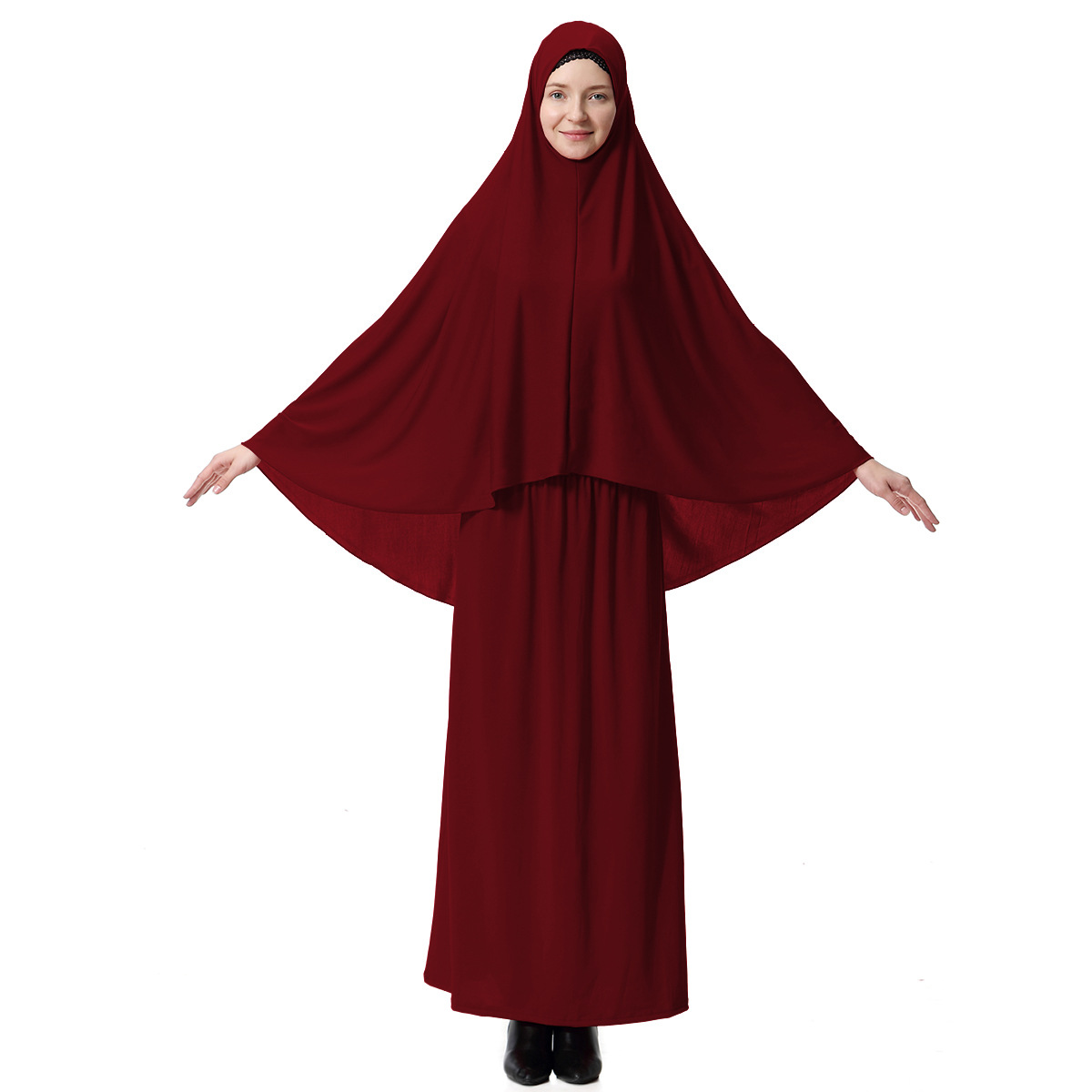
One of the issues often discussed is the effect of the burka on human connection, specifically the importance of eye contact and communication in building and maintaining social connections. In this essay, we will explore the importance of eye contact and communication in human connection, and the ways in which the burka may affect these processes.
The Importance of Eye Contact and Communication in Human Connection
Eye contact and communication are fundamental components of human connection. The ability to make eye contact and communicate effectively with others is essential for building and maintaining relationships, establishing trust, and fostering empathy and understanding.
Eye contact is particularly important in human connection, as it serves as a nonverbal form of communication that can convey a range of emotions and intentions. Eye contact can communicate trust, interest, and respect, and can help to establish a sense of connection and intimacy between individuals.
Effective communication is also essential for human connection. The ability to listen actively, express oneself clearly, and understand the perspectives of others is critical for building strong relationships and fostering mutual respect and understanding.
The Burka and Eye Contact
The burka, a full-body veil that covers the face and body, leaving only a small slit for the eyes, has been criticized for its potential to limit eye contact and communication. Some argue that the burka hinders individuals’ ability to connect with others, as it obscures facial expressions and limits eye contact.
The burka’s potential to limit eye contact raises questions about the impact it may have on social interaction and human connection. Some argue that the burka may hinder individuals’ ability to connect with others, as it prevents them from making eye contact and expressing themselves nonverbally.
However, it is important to note that the impact of the burka on eye contact and communication may vary depending on individual factors, such as the wearer’s personality and communication style, as well as cultural and social norms.
The Burka and Communication
In addition to its potential impact on eye contact, the burka has also been criticized for its potential to limit communication. Some argue that the burka can hinder individuals’ ability to express themselves verbally, as it may make it difficult to hear or understand what they are saying.
However, it is important to note that communication is not solely reliant on verbal expression, and that nonverbal cues, such as body language and facial expressions, also play a critical role in human connection. While the burka may limit facial expressions, individuals can still use body language and tone of voice to communicate effectively with others.
Furthermore, research has shown that individuals who wear the burka may develop unique communication strategies to compensate for its potential limitations. For example, some Muslim women who wear the burka have reported using hand gestures or nodding to convey nonverbal cues during social interactions.
Conclusion
Eye contact and communication are critical components of human connection, and the potential impact of the burka on these processes has been the subject of intense debate and controversy. While the burka may limit eye contact and facial expressions, it is important to note that communication is not solely reliant on verbal expression, and that individuals can use other forms of nonverbal communication, such as body language and tone of voice, to connect with others.
Furthermore, individuals who wear the burka may develop unique communication strategies to compensate for its potential limitations, highlighting the importance of cultural and social context in shaping human connection.
Ultimately, it is important to approach the issue of the burka and human connection with sensitivity and respect for diverse cultural and religious beliefs. By recognizing the potential impacts of the burka on human connection and promoting open and respectful communication, we can foster greater understanding and empathy between individuals from different backgrounds and perspectives.









